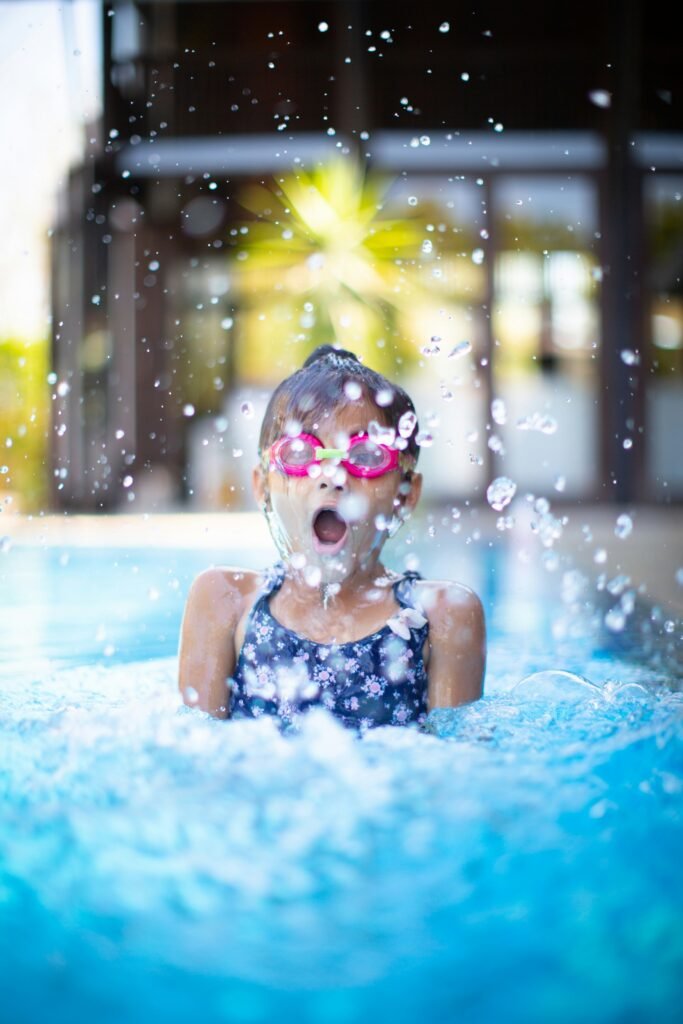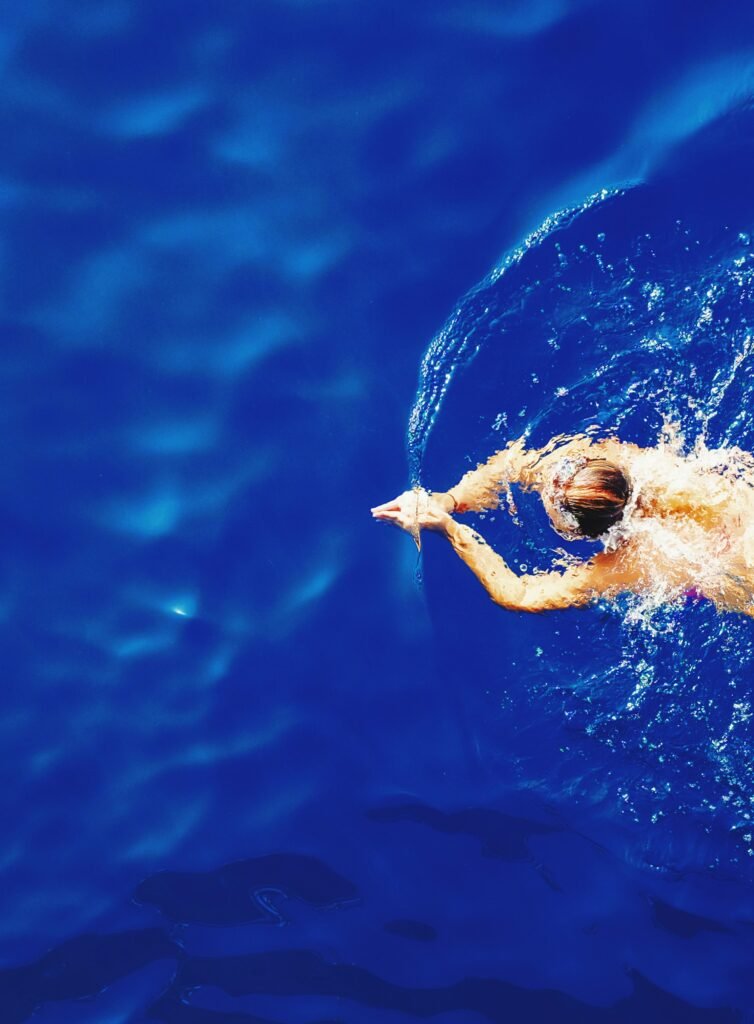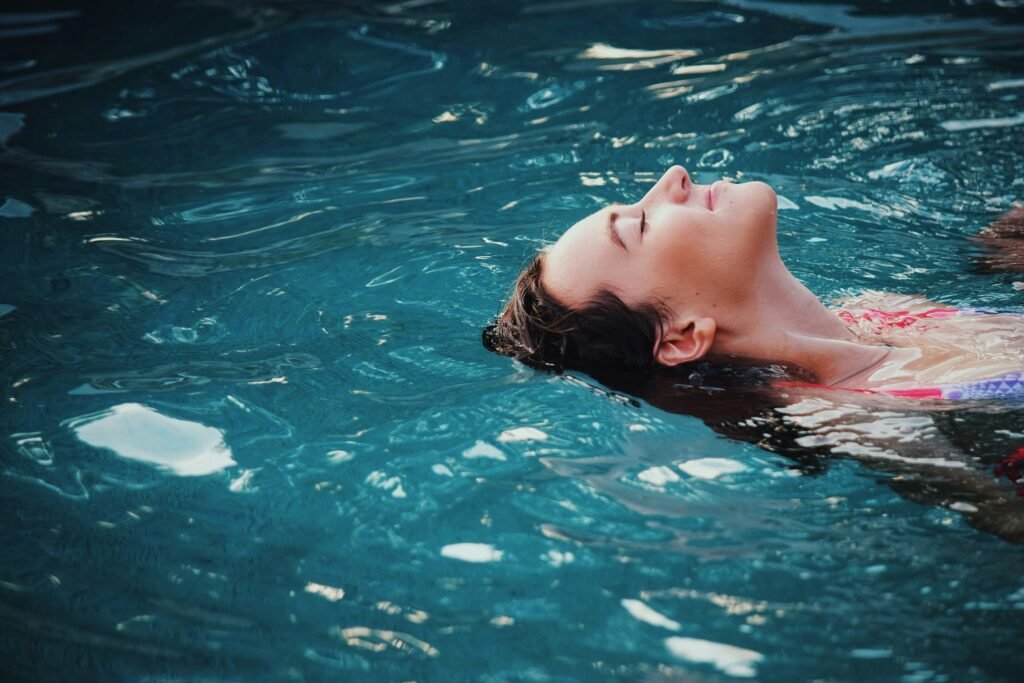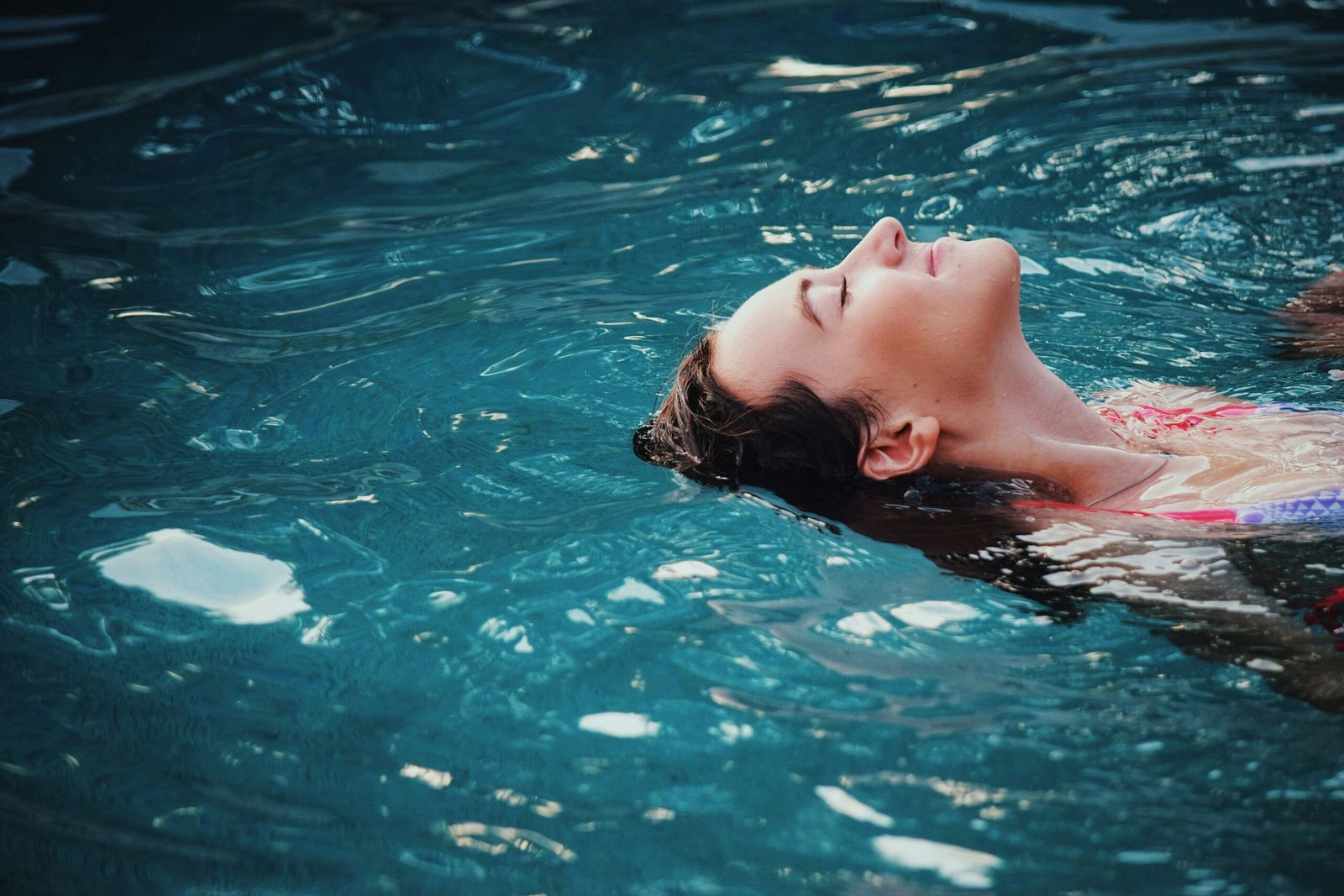Are you ready to take the plunge and learn how to swim? Look no further! “Swimming Made Easy: Lessons for Beginners of All Ages” offers the perfect opportunity for individuals of all ages to dive into the world of swimming. Whether you’re a child excited to learn a new skill, an adult wanting to conquer a fear, or a senior looking for a low-impact exercise, our beginner swimming lessons cater to everyone. With experienced and friendly instructors, a supportive and safe environment, and a curriculum designed to build confidence in the water, our lessons will have you swimming like a pro in no time. So let’s grab our swimsuits and embark on this exciting aquatic adventure together!

This image is property of images.unsplash.com.
Choosing the Right Instructor
Finding the right swimming instructor can make a world of difference in your learning journey. One way to start your search is by seeking recommendations from friends and family who have had positive experiences with swimming instructors. They can provide valuable insights into the instructor’s teaching style, patience, and effectiveness.
Another great way to gauge the quality of an instructor is by checking online reviews. Websites and platforms, such as Yelp or Google Reviews, often have a section where people leave feedback on their experiences with instructors. Reading these reviews can give you a sense of an instructor’s reputation and whether they are a good fit for you.
When selecting a swimming instructor, it’s important to ask about their qualifications and experience. Find out if they are certified by a reputable swimming association or governing body. Inquire about their teaching experience and if they have worked with beginners before. A well-trained and experienced instructor will have the knowledge and expertise to guide you through the learning process effectively.
Preparing for Lessons
Before diving into your swimming lessons, it’s essential to come prepared with the right swimwear and equipment. Invest in a swimsuit that fits well and allows for comfortable movement in the water. For women, a one-piece suit or a well-fitted tankini is a good choice, while men can opt for swim trunks or board shorts. Additionally, make sure to have a swim cap to protect your hair.
Sunscreen is another crucial item to have before heading to the pool. Apply a waterproof sunscreen with a high SPF to protect your skin from the harmful effects of the sun. Remember to reapply it as needed, especially if you’ll be spending a significant amount of time in the water.
Don’t forget to bring a towel and a change of clothes for after your lesson. Towels help you dry off and stay warm once you’re out of the pool. Having extra clothes on hand ensures that you can change into dry attire and avoid discomfort as you leave the pool or swim facility.

This image is property of images.unsplash.com.
Basic Water Safety
Learning basic water safety skills is crucial, especially for beginners. First and foremost, it is essential to learn how to stay afloat and tread water. These skills can save your life in case of an emergency and provide a foundation for further swimming techniques. Practice these skills with your instructor and gradually increase your confidence in the water.
Understanding the importance of staying near the shallow end is another vital aspect of water safety. Especially if you’re a beginner, it’s best to stick to areas where you can touch the pool floor with your feet. As you gain more experience and become comfortable in deeper water, you can gradually explore other parts of the pool.
Familiarize yourself with the pool rules and regulations before diving in. Each pool may have its own specific guidelines, such as diving restrictions or designated lanes for different swimming speeds. Adhering to these rules ensures a safe and enjoyable experience for everyone in the facility.
Breathing Techniques
Breathing is an essential component of swimming, and mastering the correct techniques is crucial for effective swimming. Rhythmic breathing involves inhaling through your mouth or nose when your face is out of the water and exhaling through your mouth when your face is submerged. Practice this technique with your instructor to find a breathing rhythm that works for you.
Understanding the difference between inhaling and exhaling in the water is vital. Unlike on land, where you naturally breathe in and out through your nose, swimming requires intentional breathing through your mouth. This adjustment can take some time to get used to, but with practice and guidance from your instructor, you’ll become more comfortable with it.
Learning to control and regulate your breathing while swimming is a significant skill to develop. Breathing too quickly or too shallowly can cause fatigue, while holding your breath can lead to tension and inefficiency in your movements. Work with your instructor to learn how to breathe smoothly and continuously while swimming.

This image is property of images.unsplash.com.
Floatation Exercises
Floating is an essential skill that helps build confidence and trust in the water. Learning to relax and trust the water is key to achieving a comfortable and stable float. Allow yourself to let go of any tension and focus on staying calm while your instructor guides you through the floating exercises.
Practicing floating on your back and stomach is beneficial for developing a sense of balance and body position. Start by lying on your back with your body stretched out, keeping your chin up and ears submerged. Gradually progress to floating on your stomach, maintaining a straight line from your head to your toes. Your instructor will provide guidance and correct any form or technique issues as you float.
Floatation aids, such as pool noodles or kickboards, can be immensely helpful while learning to swim. These aids provide buoyancy and support, allowing you to focus on your body position and movements without the fear of sinking. Your instructor may introduce these aids during your lessons to help build your confidence in the water.
Kicking and Leg Movements
Kicking is a fundamental aspect of swimming and plays a significant role in propulsion. Mastering the basic flutter kick is essential for beginners. This kick involves moving your legs up and down in a continuous motion, similar to a dolphin’s tail. Your instructor will guide you on proper kicking technique and provide exercises to help you strengthen and refine your kick.
Beyond the flutter kick, your instructor may introduce various kicking drills and exercises to improve your leg strength and coordination. These drills might involve using a kickboard or focusing on different leg movements, such as breaststroke or butterfly kicks. Consistent practice and guidance from your instructor will help you develop strong and efficient leg movements.
Building strength and flexibility in your legs is a key component of becoming a proficient swimmer. Incorporate exercises outside of the pool that target your leg muscles, such as lunges, squats, or yoga poses. Strengthening your legs will enhance your kicking power and overall swimming performance.
Arm Movements and Stroke Techniques
Understanding the proper arm movements for different swimming strokes is crucial for efficient and effective swimming. Your instructor will teach you the correct technique for each stroke, such as freestyle, breaststroke, backstroke, or butterfly. Practice these arm movements with repetition and guidance from your instructor to develop muscle memory and coordination.
In addition to the full stroke, your instructor may introduce drills to improve specific components of your stroke technique. These drills might focus on arm positioning, catch and pull, or recovery movements. Be patient with yourself as you practice these drills, as they are designed to help you refine your stroke and build strength in specific areas.
Body rotation is an important aspect of stroke technique that is often overlooked by beginners. Understanding the importance of rotating your body while swimming facilitates better arm movement and overall propulsion. Work closely with your instructor to learn the correct body rotation techniques for each stroke and practice incorporating them into your swimming.
Building Endurance and Stamina
Building endurance and stamina in the water is a gradual process that requires consistent practice and gradual progression. Begin by gradually increasing the distance you swim during each lesson. Start with short distances and gradually work your way up, taking breaks as needed.
Interval training is an effective method for improving endurance. Incorporate intervals into your swimming routine, alternating between swimming at a comfortable pace and pushing yourself to swim at a faster pace for shorter distances. This type of training challenges your cardiovascular system and helps build endurance over time.
To further enhance your cardiovascular fitness outside of the pool, incorporate other forms of exercise into your routine. Activities such as jogging, cycling, or circuit training can help improve your overall fitness level and further support your swimming endurance.
Overcoming Fear and Anxiety
Many people experience fear and anxiety when it comes to swimming, particularly if they have had negative experiences in the past. Working with supportive instructors and classmates who understand your apprehensions is essential. They can provide encouragement and create a safe and inclusive learning environment.
Taking gradual steps towards conquering fear in the water is crucial. Your experienced instructor can guide you through progressive exercises and techniques that help you overcome your specific fears. By gradually pushing your comfort zone while having the support of your instructor, you can build confidence and feel more at ease in the water.
If your fear and anxiety persist despite your best efforts and support from your instructor, it may be beneficial to seek professional help. A therapist or counselor who specializes in water phobias can provide additional guidance and support tailored to your specific needs.
Using Visualization and Mental Preparation
Visualization and mental preparation can greatly enhance your swimming performance. Before your swimming lessons, take a moment to visualize yourself swimming confidently and successfully. Imagine yourself gliding effortlessly through the water and executing your strokes with precision. This mental rehearsal can help you build confidence and prepare mentally for your lessons.
In addition to visualization, practice mental preparation exercises before your lessons. These exercises might include deep breathing, positive self-talk, or relaxation techniques. Centering your mind and calming your nerves before getting in the water can positively impact your overall swimming experience.
Using positive affirmations is another powerful tool to build confidence in the water. Repeat positive statements to yourself, such as “I am a confident swimmer” or “I am improving with every stroke.” By internalizing these affirmations and repeating them frequently, you can boost your self-belief and develop a more positive mindset towards swimming.
In conclusion, learning how to swim can be an exciting and rewarding endeavor for individuals of all ages. By choosing the right instructor, preparing adequately, and following a structured learning plan, you can develop essential swimming skills and build confidence in the water. Embrace the journey with a positive attitude and remember that practice and perseverance are key to becoming a proficient swimmer. With the right guidance and a willingness to learn, you’ll be swimming with ease in no time!
